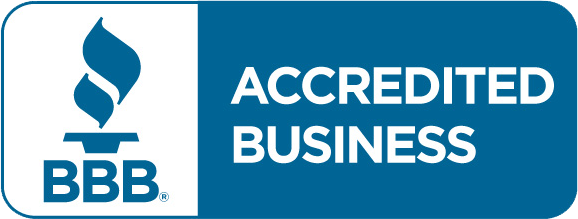CALL: 1-800-474-6537 or TEXT: 1-800-474-6537
Car Lift Safety
AUTOMOTIVE LIFT SAFETY – WHAT EVERY GARAGE OWNER NEEDS TO KNOW
Let’s be real—if you're working under a 6,000 lb. truck, safety matters. A car lift is one of the most useful tools in the garage, but it’s also one of the most dangerous if you don’t respect it.
Whether you’re wrenching at home or running a busy shop, here’s a no-nonsense guide to automotive lift safety—including tips, rules, and training info you actually need.
CAR LIFT SAFETY STARTS WITH COMMON SENSE
You’d be surprised how many accidents happen from simple stuff like skipping lock positions or not checking the lift points.
Here’s what you should always do before raising a vehicle:
- ✅ Inspect the lift – Cables, arms, locks, and hydraulics. Look, listen, and feel.
- ✅ Check the vehicle weight – Make sure your lift can handle the load.
- ✅ Lift at the right points – Use the factory lift points. No guessing.
- ✅ Clear the area – No loose tools, no oil spills, and no one walking under the lift.
And here’s a big one: Lower the lift onto the mechanical locks every single time. Never rely on hydraulics alone.
AUTO LIFT SAFETY RULES YOU DON’T BREAK
These are the non-negotiables. Doesn’t matter if it’s a $1,500 scissor lift or a $10,000 2-post in a pro shop—these rules apply:
- Never stand under a car that's only held by hydraulics.
- Don’t overload your lift. Check the capacity tag.
- Never raise a vehicle with someone inside.
- Use all four arms (on a 2-post), not just two.
- Lower slowly and watch for obstacles.
- Don’t modify the lift or bypass safeties.
- Train every person who uses it.
AUTOMOTIVE LIFT SAFETY TRAINING – NOT JUST FOR BIG SHOPS
Think training doesn’t matter in a small garage? Think again.
Here’s what proper automotive lift safety training should include:
- How to spot lift point locations on different vehicles
- How to lift and lower safely
- What to do in case of hydraulic failure or power loss
- How to perform a basic inspection every day
- When to call in a pro for maintenance
Even if it’s just you in the garage, watching a few safety videos or reading the manual is worth your time. Most accidents happen from bad habits, not bad equipment.
KNOW YOUR LIFT – 2 POST, 4 POST, OR PORTABLE
Every lift has its own quirks:
- 2-Post Lifts: Great for wrenching underneath but require perfect vehicle positioning.
- 4-Post Lifts: Easier to drive on and better for storage, but don’t forget to chock the wheels.
- Scissor & Portable Lifts: Make sure the contact points are centered and the floor is solid.
Also, check your concrete—most lifts need at least 4” thick, reinforced slab. That’s part of the safety equation too. Here's an informative article - "Concrete Requirements for 2 Post Lifts"
FINAL THOUGHTS – DON’T GET COMFORTABLE
Look, I get it—you’ve raised your car a hundred times without a problem. But all it takes is one shortcut to turn a good day into a bad one. Follow the car lift safety rules, inspect your gear, and don’t take dumb risks.
If you’re not sure about something, call the manufacturer, ask your installer, or reach out to someone who knows. A $20 part or a 2-minute double-check is worth it every single time.
Need a Safe Lift? We’ve Got ALI-Certified Models
At HeavyLift Direct, we carry brands that take safety seriously—ALI Certified with strong warranties and real support. Need help choosing the right lift for your garage setup?
See Also:


